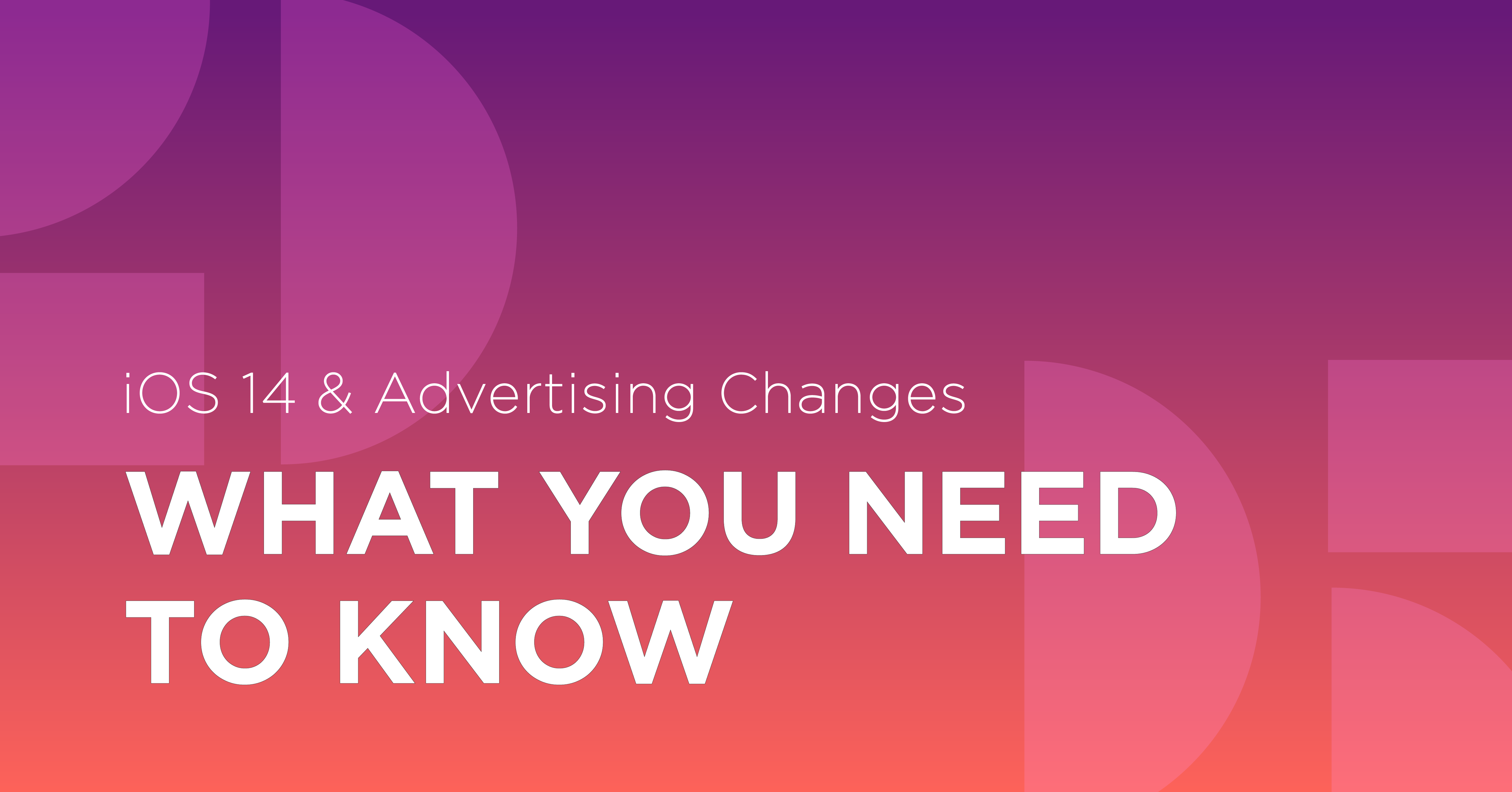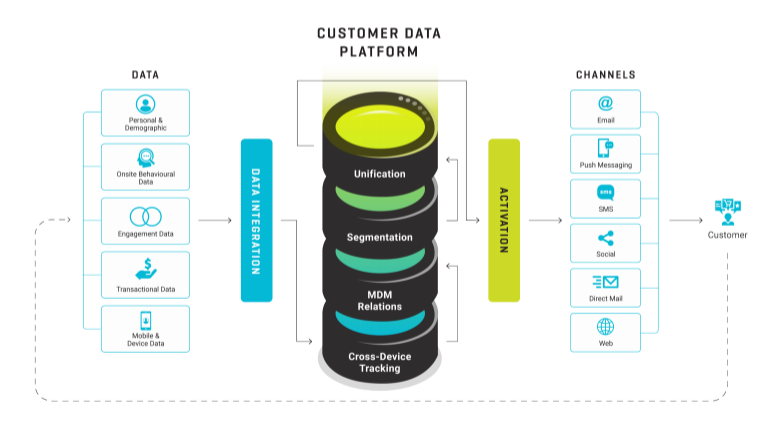

You’ve probably seen plenty of headlines about the upcoming iOS 14 update from Apple. The truth is that much is still unknown about the update and it is likely to have a broad impact across the digital marketing ecosystem.
What is the IDFA?
IDFA refers to Apple’s “Identifier for Advertisers”. This is a persistent ID used by mobile devices running an Apple Operating system (iOS, iPadOS, tvOS) that when shared with app developers, ad platforms, and mobile measurement providers (MMPs) powers the targeting and delivery of personalized advertising.
The IDFA also allows these platforms to enforce frequency capping, attribute app installs to ad platforms, and measure campaign performance. It’s similar to the Android Advertising Identifier (AAID) and commonly referred to as a Mobile Advertising Identifier (MAID). The IDFA is often used in tandem with cookies (which only exist in web browsers) to create a rich identity graph for ad targeting.
What’s actually changing in the iOS 14 update?
With the release of iOS 14, Apple is changing the way app developers can access the IDFA from an opt-out approach to an opt-in approach. Before the update, IDFAs were available for the majority of users; with iOS 14, we expect to see very few users choose to opt-in. Advertisers and platforms are likely to have access to a fraction of a percent of the previous IDFAs available.
The Impact: How the iOS 14 update is likely to affect your digital marketing
Apple has provided very little information about the potential impact of the update (beyond a simplistic overview showcasing the user experience when they are asked if they want to opt-in), hence the sheer amount of speculation. We’ve identified an example where you’re likely to see dramatic changes immediately following the release of iOS 14:
Source: itproportal.com
Advertising: Targeting, Personalization, Frequency Capping
It’s tough to pinpoint how reliant advertising platform identity graphs are on IDFAs. If Facebook’s announcement that they believe they will see Audience Network revenue cut in half is any indication, the update is likely to have a huge impact across advertising on the open web. It should be noted that Facebook will not be asking users to provide them with an IDFA at all, so even if a user wanted to opt-in, they won’t have that choice available to them.
But the most significant effects will likely not be felt by Facebook or any of the walled garden advertising solutions (Google Search, YouTube, etc.) as their in-platform user ID graphs will likely provide them more resilient audience targeting solutions.
The real impact will probably hit apps and programmatic placements across the open web the hardest. It’s not that advertising will stop: rather, it’s likely that we will see a decrease in targeting power and control that will ultimately create more inefficiencies (like not being able to control frequency capping) and poor ad personalization leading to negative user experiences.
Source: tinuiti.com
Our Solutions & Recommendations
We forecasted these changes two years prior when developing and adding new features to our technology stack. What differentiates us from our competitors is our in-house first party Consumer Data Platform. We’ve beefed up our cross-device tracking program with a number of features that allows us to consistently and accurately use our proprietary logic and append changes to target profiles, keeping both the profile and its associated demographics up-to-date at all times.
